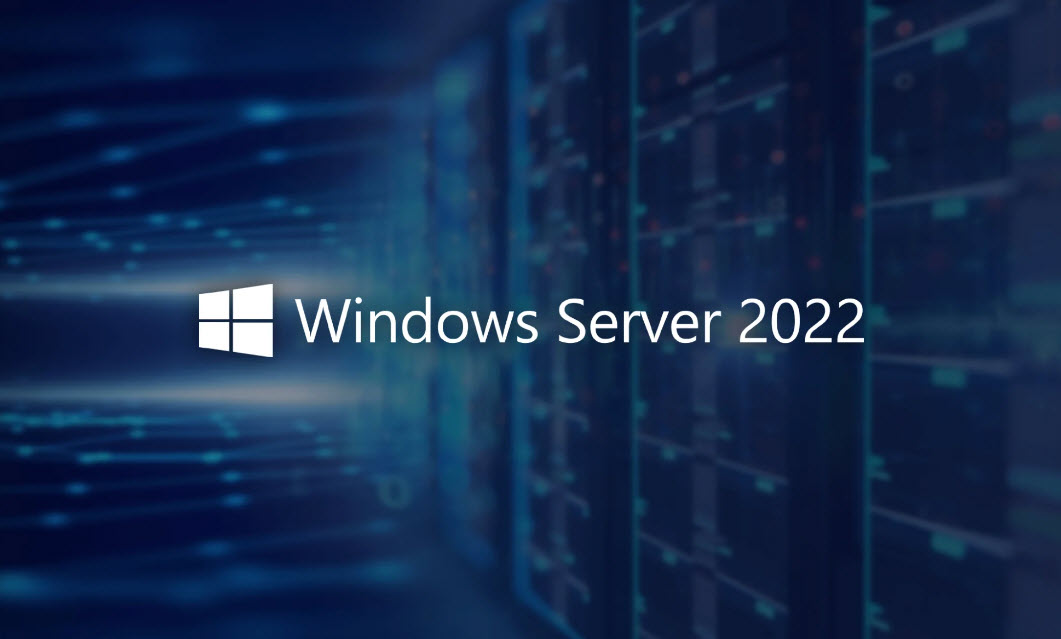WeichertLabs
Install WSL2 and kali Linux
Install Kali Linux via WSL2 in Windows 11 as part of your local pentest lab. This setup lets you run tools like **Nmap, Nikto, ffuf, curl, jq**, and more – without needing a full virtual machine.
With WSL2 and Kali, you get:
- Fast setup directly inside Windows
- Seamless access to Linux-based pentesting tools
- Native integration with Docker, Ollama, and other lab components
- Low resource usage – perfect for laptops or VMs
This is the foundation of your local, modular pentest environment. Let’s get it installed.
✴
Please note: All guides and scripts are provided for educational purposes. Always review and understand any code before running it – especially with administrative privileges. Your system, your responsibility.
✴
Use at your own risk: While every effort is made to ensure accuracy, I cannot take responsibility for issues caused by applying tutorials or scripts. Test in a safe environment before using in production.

Install WSL2 and Kali Linux
- Enable WSL and Virtualization
Open PowerShell as administrator and run:
wsl --installEnsure WSL2 is the default version:
wsl --set-default-version 2You may need to reboot after installation.
2. Install Kali Linux
Use Microsoft Store:
- Search for “Kali Linux”
- Click Install
Or use terminal:
wsl --install -d kali-linux
3. Launch Kali for the First Time
wsl -d kali-linuxYou’ll be prompted to create a Linux username and password.
4. Verify it Works
Inside Kali:
uname -aExpected output:
Linux kali 5.10.16.3-microsoft-standard-WSL2 ...
5. Update Kali:
Before installing tools, it’s good practice to update the package lists and upgrade installed packages to the latest versions.
sudo apt update && sudo apt upgrade -yYou’ve installed it, updated it, and verified it works — your pentest environment is set to go.
Install WSL2 and Kali Linux on Windows 11 (Video Demo)
columnIn this video, we walk through how to install WSL2 and Kali Linux in Windows 11 — the essential first step in setting up a local pentesting environment.